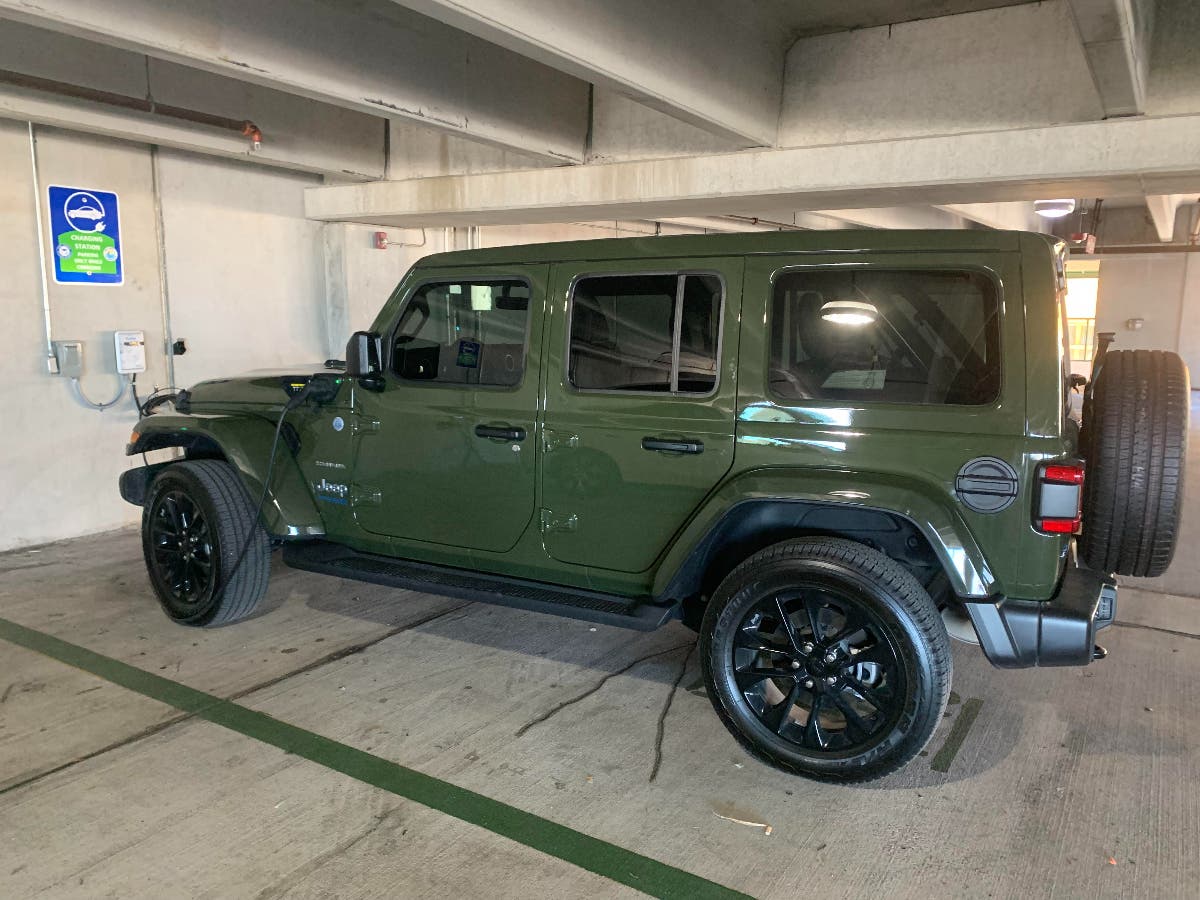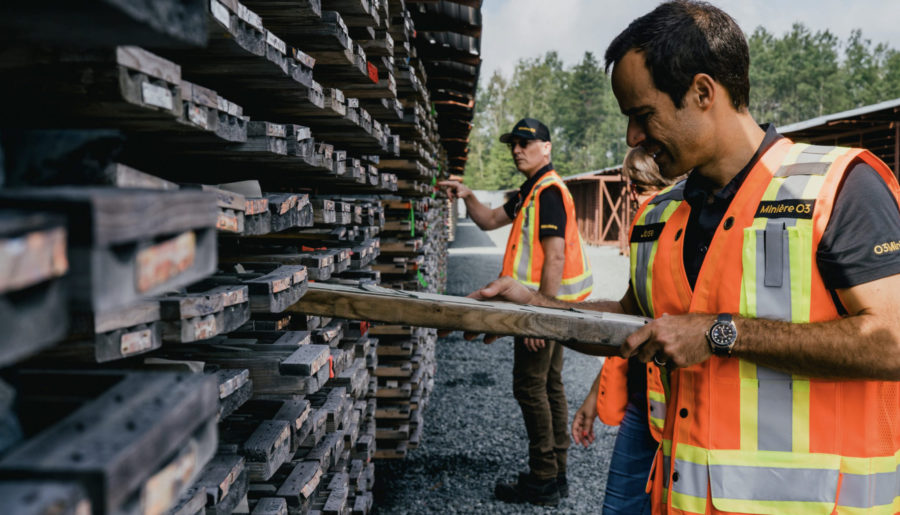
The internet is a strange and mysterious place. Information whizzes around at the speed of light and sometimes it gets distorted in the process. There is a story out this week that is causing a lot of consternation among those who like their vehicles to have good old fashioned gasoline-burning internal combustion engines. The headlines suggest Stellantis will no longer stock ICE vehicles at local dealers that do business in any of the 14 US states that adhere to the emissions guidelines promulgated by the California Air Resources Board, otherwise known as CARB states. They will only supply one of those vehicles to a dealer in response to a specific order from a customer.
As with most stories, there is some truth to it, but there is also more to it than the headline suggests. According to Automotive News (paywall), Stellantis has stopped allocating unsold inventory of gasoline-powered models that have a hybrid, plug-in hybrid, or battery electric equivalent to dealers in CARB states, of which there are fourteen — California, Oregon, Washington, Colorado, Maryland, Delaware, New Jersey, Pennsylvania, New York, Connecticut, Massachusetts, Rhode Island, Vermont, and Maine. Four other states are poised to become CARB states in the near future — Nevada, New Mexico, Wisconsin, and Virginia.
The flip side of this is that in non-CARB states, Stellantis will not stock hybrid, plug-in hybrid, or battery electric versions of its vehicles. They will have to be shipped in to meet a specific order from a customer. What does all this mean? If you want a Jeep Wrangler in Oregon, your dealer will have a selection of 4xe plug-in hybrid vehicles for you to choose from. If you want one powered exclusively by an internal combustion engine, you can order it and it will arrive at your local dealer in due course. If you live in Idaho, your dealer will have a selection of gas-powered Wranglers on the lot, but if you want a 4xe plug-in hybrid version, your dealer will need to order it.
Stellantis In The Land Of Confusion

Photo by Carolyn Fortuna | CleanTechnica
Confused? Who wouldn’t be? Confusion results in distorted information and pretty soon people are yelling that Jeep isn’t selling gas-powered Wranglers any more, and what about freedom and the Second Amendment and such? The thing that makes it even more confusing is that Stellantis does not need to comply with the CARB rules until 2026. So, what in the name of Sergio Marchionne is going on?
Apparently, Stellantis notified its dealers in April that CARB states are enforcing tougher greenhouse gas standards retroactively to the 2021 model year. Those standards are separate from the zero emission sales minimums that begin in 2026. Stellantis told Automotive News it changed how internal combustion and plug-in inventory is allocated because the company is not part of the 2020 agreement that CARB reached with five automakers that applies to the 2021–2026 model years.
Shortly after Stellantis was formed in January 2021, it asked officials in California about joining that group but was told new members were not to be accepted. The automakers that signed the framework — Ford, BMW, Honda, Volkswagen, and Volvo — are allowed to meet the standards with their nationwide average, while Stellantis and others must do so with just the vehicles sold in CARB states.
Skullduggery In High Places
Readers may recall that at that time, the federal government was under the influence of an avowed climate denier who installed a cabal of fossil fuel loving chimpanzees at the EPA. Their mission was to work tirelessly to torpedo California’s long-standing ability to set its own emissions standards. The other major US automaker, whose initials are GM, strongly supported the move to punish California (no, Mary Barra, we haven’t forgotten your company’s treachery), and Chrysler, before it became part of Stellantis, was also inclined to support the attack on CARB. So, it’s little wonder that when Stellantis came knocking, it found the door to the clubhouse was closed and locked.
“The communication to our dealers simply acknowledges the reality that we may need to adjust vehicle allocations among the California and Federal states to ensure that Stellantis complies with different standards in the California states,” Stellantis said in a statement. “We will continue to support our dealer network as they work to meet the needs of our consumers during this time, and we will continue to seek a level playing field for our company and our dealers. The ultimate solution rests with a program that allows compliance based on sales in all 50 states.”
About 36 percent of the US population lives in the 14 CARB states, according to 2023 Census Bureau estimates. Four additional states are adopting the California standards for future model years, at which point CARB states will be home to almost half of all Americans. That’s assuming all four actually move forward with their plans to adopt the CARB standard and none of the 14 current supporters change course and drop out.
Stellantis Dealers Are In A Quandary
Dealers in the CARB states worry they’ll be at a disadvantage if consumers start crossing state lines to buy gasoline vehicles from another store’s inventory rather than wait for a factory order. Some are working to trade for gasoline vehicles with stores in adjacent states.
“I think many of us expected when the CARB rules actually kick in in 2026 in a meaningful way that we’d have some allocation challenges,” said Brian Maas, president of the California New Car Dealers Association. “The fact that it’s happening [with Stellantis] in the middle of 2023 is a bit of a surprise. People are going to go to Reno and Vegas and Phoenix to get ICE Wranglers, if that’s what they want.”
The CARB rules call for zero emission vehicles and plug-in hybrids to be 35 percent of light duty sales in the 2026 model year, 68 percent in 2030, and 100 percent in 2035. The changes Stellantis has made to its allocation process in anticipation of those requirements illustrate some of the uncertainty being created during the transition to electric vehicles.
The Takeaway
The bottom line here is that while Stellantis may be peering into the future and trying to anticipate how the CARB rules will operate in the years to come, what the company is really concerned about is the penalties it will be hit with if it does not comply with the CARB rules today, not tomorrow. It can’t spread its exposure over all 50 states the way Ford, BMW, Honda, Volkswagen, and Volvo can, and so it must sell more cars that meet the CARB rules in those 14 CARB states. The part that is most galling is the money Stellantis loses goes right into the pockets of Tesla and Rivian, who have CARB credits to sell because none of the vehicles they manufacture have infernal combustion engines.
The transition to the brave new world of electric vehicles is going to be messy. The company that later became part of Stellantis decided to back the wrong horse during the prior administration. Actions have consequences. Deal with it.
Sign up for daily news updates from CleanTechnica on email. Or follow us on Google News!
Have a tip for CleanTechnica, want to advertise, or want to suggest a guest for our CleanTech Talk podcast? Contact us here.
Former Tesla Battery Expert Leading Lyten Into New Lithium-Sulfur Battery Era — Podcast:
I don’t like paywalls. You don’t like paywalls. Who likes paywalls? Here at CleanTechnica, we implemented a limited paywall for a while, but it always felt wrong — and it was always tough to decide what we should put behind there. In theory, your most exclusive and best content goes behind a paywall. But then fewer people read it! We just don’t like paywalls, and so we’ve decided to ditch ours. Unfortunately, the media business is still a tough, cut-throat business with tiny margins. It’s a never-ending Olympic challenge to stay above water or even perhaps — gasp — grow. So …




